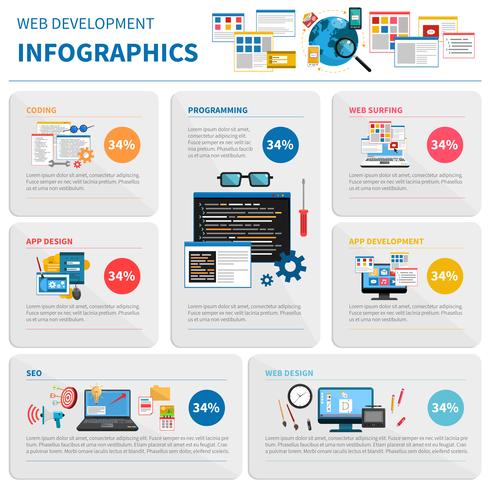Website Design Basics: Tips For Building A User-Friendly Site
Website Design Basics: Tips For Building A User-Friendly Site
Blog Article
Authored By-McKnight Bak
When it pertains to website design, making sure user-friendliness is essential. From responsive style to structured navigation, every element plays a critical function in creating a site that satisfies your audience's demands. Yet what regarding the better information that can make or break a customer's surfing experience? Keep tuned as we discover some often-overlooked tips that can raise your website's usability to the following level, making it truly stand apart in the electronic landscape.
Value of Responsive Design
Responsive layout is a critical element of modern site development. Ensuring your internet site is receptive ways that it can adapt to different screen sizes and tools, providing a smooth experience for customers.
With the boosting use of smart devices and tablet computers to access the net, having a responsive style is essential for getting to a broader target market. It aids in improving user experience by making your website easy to navigate and read on any type of tool.
In addition, receptive layout can positively affect your internet search engine rankings, as internet search engine like Google focus on mobile-friendly sites. By having a responsive style, you're additionally future-proofing your web site, as new tools with differing display sizes continue to emerge.
Simplify Navigation Framework
To improve customer experience and assist in very easy access to details on your web site, enhancing the navigating framework is critical. When designing your website, focus on developing a clear and user-friendly navigation menu that helps site visitors discover what they're trying to find promptly.
Restriction the variety of menu things to the essentials, organizing associated pages with each other to stay clear of overwhelming individuals. Usage detailed tags that plainly indicate the material of each web page, making it simpler for customers to recognize where each link will certainly take them.
Consider applying dropdown menus for subcategories to prevent jumbling the major navigating bar. Furthermore, include a search bar prominently on the page for users who like looking for certain details.
Focus on mobile responsiveness in your navigation style to ensure simple accessibility on all gadgets.
Optimize Page Load Rate
Improving page load rate is crucial for preserving visitors on your web site. Slow-loading web pages frustrate users and can cause high bounce rates. To optimize page lots rate, begin by maximizing images. Compress images without endangering top quality to minimize their documents sizes.
In addition, make it possible for internet browser caching to keep frequently accessed resources locally, speeding up load times for returning visitors. click here to find out more , JavaScript, and HTML data by getting rid of unnecessary characters, remarks, and formatting, enhancing tons rate.
Take into consideration utilizing a web content delivery network (CDN) to disperse your site's web content across multiple web servers worldwide, minimizing latency for customers accessing your website from different places. Finally, restrict using visit the following internet site -party manuscripts and plugins, as they can substantially influence load times.
just click the next web page , by incorporating responsive style, simplifying navigating, and optimizing page load speed, you can create a straightforward web site that attract a broader audience and improves user experience. These essential elements ensure that visitors can quickly accessibility and navigate your website throughout various tools, causing boosted interaction and fulfillment. By focusing on https://contentmarketingjobdescri73849.blogdun.com/31741297/enhance-your-brand-exactly-how-specialist-site-growth-drives-organization-development , you can develop a successful web site that keeps customers coming back for even more.
